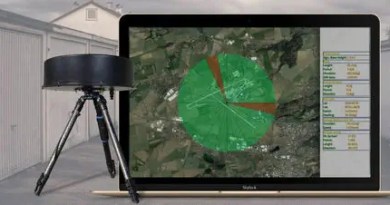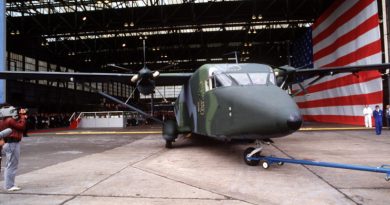Bayraktar TB2: Moroccan drone pilots completes training in Turkey
Personnel drawn from the Royal Morrocan Armed Force have completed training on the Bayraktar TB2 unmanned aerial vehicle (UAV) in Turkey.
In April, Morocco’s Royal Armed Forces (FAR) signed a contract with Turkey worth MAD 626 million ($70 million) for the supply of thirteen Bayraktar TB2 unmanned combat aerial vehicles.
As part of the contract, Moroccan personnel will receive training, logistical and technical support. Also, four ground stations, a configurable simulation system, and a digital system for tracking and storing information will be delivered, as well as a drone operations center in Moroccan airbases.
The first batch of the Bayraktar TB2 is expected to arrive before the year runs out.
The new Bayraktar TB2 drones will help Morocco in its plans to modernize its armament and improve on its combat capabilities to ensure continued regional security and stability.
The Bayraktar TB2 UAV rose to prominence after successful combat performance in Syria, Libya, and more recently, Azerbaijan where it destroyed Soviet-vintage air defense systems and ground combat vehicles.
The allure of the TB2 is that as a cheap, simple-to-use drone, it has benefits in providing support to ground forces in conflicts where an adversary has little or no capable air defenses.
The Bayraktar TB2 UAV is well-suited for small, irregular wars and can help tilt the balance in favor of allied ground forces.
Morocco earmarked a MAD178.87 billion ($20 billion) for a five-year plan to reach “regional supremacy” through modernizing its armed forces.
Part of the multi-year modernization effort particularly in UAV operations will see Rabat acquiring four U.S.-made MQ-9B SeaGuardian drones made by privately-held General Atomics as well as several precision-guided munitions in a $1 billion deal.
Rabat also took delivery of three Israeli-made Harfang drones last year under a separate $48 million arms deal.
Most of these new drones will be tasked to monitor rebel Polisario activities in the western Sahara axis.


